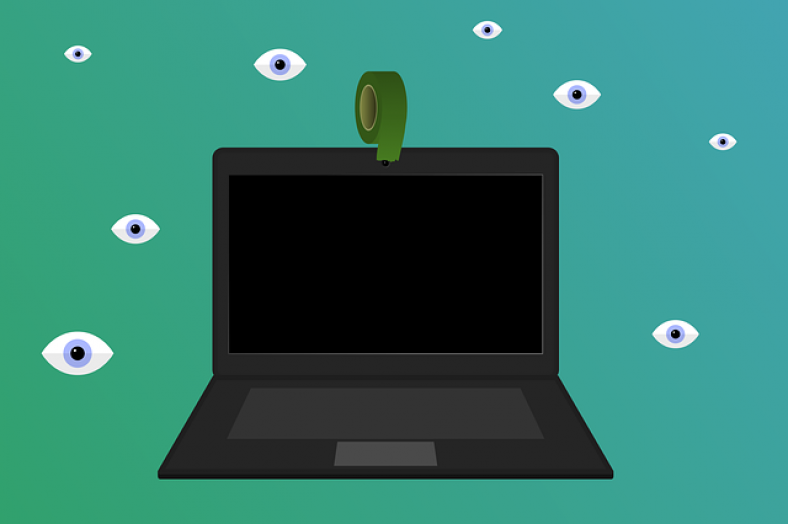Low-quality photos can hurt your project when using a webcam for teleconferencing, online videos, or other video capturing efforts. Dark, blurry, or too-bright pictures, as well as warped or otherwise damaged video, are instances of possible performance issues. Several factors are to blame for such webcam issues, with most of them having a straightforward fix.
Location
Your webcam video quality significantly influences the setting in the video recording. Your video might appear dark if there isn’t enough light in the room. Similarly, video images may be washed out in a room has in the background, a window lets in strong sunlight.
Changing the direction of your webcam, changing the lighting in the room, or moving to a different place may help address the problem.
Debris such as dust
Over time, dust and other particles collect on the camera lens, lowering the image quality you capture. Furthermore, if you touch the lens with your fingers, the oils on your fingertips may pass through the lens, lowering the video quality. To clean any potential buildup, gently wipe the lens with a gentle, dry microfiber cloth.
If the sticky or thick residue covers the lens, moisten the cloth lightly before cleaning it. However, don’t over-saturate the lens, as this could harm the webcam’s internal circuitry.
Bandwidth
The webcam relies on your connection to the internet. When used for video calls or video conferencing, it relays the collected data to those on the receiving end of the photos. As a result, the photograph quality you send may be affected by the internet connection’s speed.
Slower bandwidth speeds might cause visuals to be shaky, blurred, or distorted. Some websites allow you to test your broadband connection to make sure you’re getting the speed you paid for. For further information, get in touch with your service provider.
The settings
Software settings control the video footage captured by your webcam. This includes both the software that came with the webcam and applications that use it, such as Skype and several other teleconferencing software. When adjusted incorrectly, these parameters may have a significant impact on image quality.
For more information about how to correctly configure your webcam, consult your owner’s manual. If you’re using an application like Skype, see the developer’s help website for further information concerning webcam requirements.
Hardware for Webcams
Webcams are available in a range of styles, sizes, and brands. Some models have image capture capabilities that are top-of-the-line. Other models, on the other hand, may give up quality for cost. If the webcam has never given anything other than lousy image capture, this could be the case.
However, if the webcam was previously used to produce high-quality photographs but no longer does, the gadget may be broken. Check to verify if the equipment features protection under your warranty. You can also contact a service expert to see if the gadget needs repair. Before proceeding, consider whether it is more cost-effective to replace or repair the item.
Storage issue
The shortage of space for more advanced devices is one of the most challenging issues facing laptop cameras. Laptops have gotten thinner over time, with displays spanning to the hardware’s edge and minimal borders. It’s reached the point where placing a webcam nearer to the display is challenging in some laptop models, with Huawei placing it hidden within the keyboard and Dell opting for a different approach.
Increasing the resolution of the webcam may raise the cost of the hardware on a laptop. Still, it wouldn’t help sell more computers to consumers, who are more concerned with performance and design than with the webcam’s image quality. Consumers, on the other hand, are willing to pay more for selfies of higher quality.
In conclusion
However, when we purchased our last laptop, most of us didn’t even give webcams a lot of thought or a second consideration. Still, it seems that the epidemic has pushed millions of people to use video calls while working from home. They may become much more significant.
That implies computer manufacturers confine themselves to their homes with their poor laptop cameras. Hope they may finally pay close attention and put something finer in their future items as a priority, instead of being left with cameras that appear to be made from a Nokia phone from 2013.
Read More:
